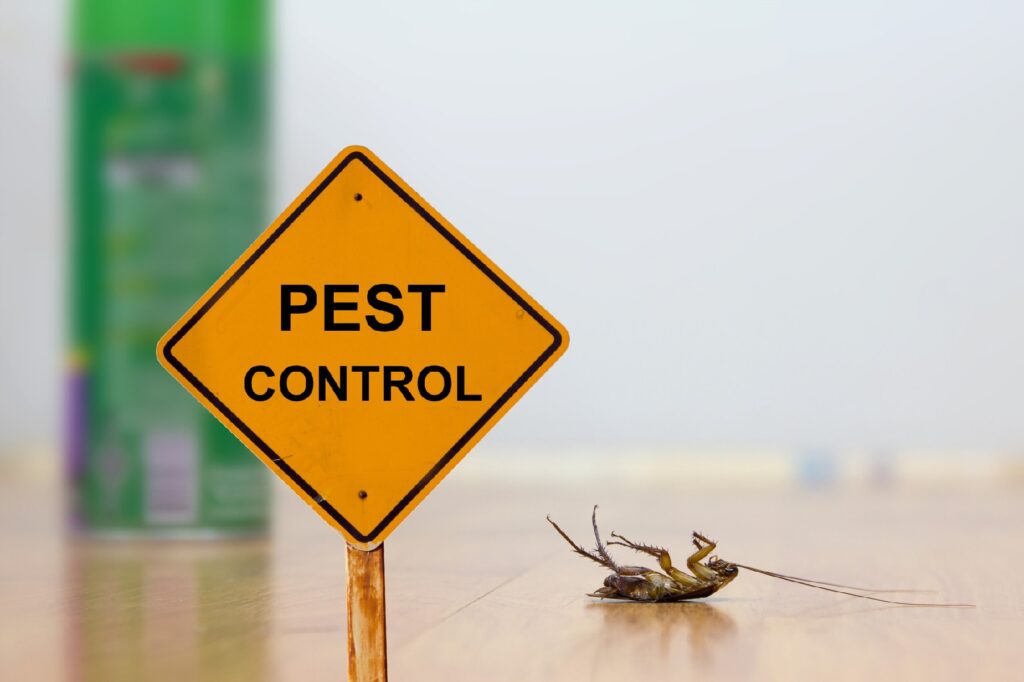Trustworthy A1 Bed Bug Exterminator Charlotte - Do Away With Bed Bugs Quick
Wiki Article
Bed Pest Therapy Failure: Comparing Chemical Vs. Non-Chemical Solutions
In the world of bug control, specifically when dealing with the relentless problem of bed insects, the option between chemical and non-chemical therapy remedies can be an essential one. Both approaches offer distinctive benefits and downsides, affecting elements such as effectiveness, safety factors to consider, and total expense. By taking a look at the nuanced details of each approach, a clearer understanding of which course to go after in dealing with a bed insect invasion can be attained.Performance of Chemical Therapies
Chemical therapies for bed insect infestations have been commonly identified for their powerful and fast efficacy in eliminating these parasites. When thinking about the performance of chemical therapies, it is important to understand that they can offer a complete and quick option to a bed insect problem. Professional pest control specialists usually depend on insecticides to target bed bugs at numerous phases of their life process, including nymphs, eggs, and grownups. These chemicals normally function by interrupting the bed pests' nervous system, resulting in paralysis and eventual death.Additionally, chemical therapies have the advantage of supplying recurring impacts, implying that they can remain to eliminate bed pests even after the initial application. This recurring activity is especially advantageous in combating any prospective re-infestations. Additionally, the fast action of chemical treatments can bring alleviation to individuals facing extreme bed insect problems, permitting them to regain control of their space quickly.
Safety And Security Issues With Chemical Solutions
One important aspect that requires careful consideration when utilizing chemical options for bed pest treatment is making certain the security of occupants and the setting. While chemical treatments can be efficient in getting rid of bed insects, they might position risks otherwise handled properly. One of the key safety problems with chemical solutions is the prospective harm they can create to human health. Exposure to certain chemicals made use of in bed pest therapies can result in respiratory system issues, skin irritation, or various other damaging reactions, particularly in people with pre-existing problems or sensitivities. Furthermore, inappropriate application or dose of chemical pesticides can lead to hazardous deposits lingering in the treated location, presenting long-lasting wellness threats to residents.In addition, the environmental effect of chemical solutions is an additional significant factor to consider. Some pesticides made use of in bed pest treatments might be hazardous to useful pests, wild animals, and environments if they leach right into the dirt or water supply. It is important to utilize chemical treatments carefully, adhering to safety standards, and taking into consideration much less toxic choices to mitigate these threats and ensure the reliable and safe administration of bed bug invasions.
Benefits of Non-Chemical Methods
Thinking about the prospective safety worries and environmental effect linked with chemical solutions for bed insect treatment, exploring non-chemical approaches provides a promising alternative with a number of distinctive advantages. Non-chemical treatments are eco straight from the source pleasant, as they do not contribute to air or water contamination, making them a sustainable choice for pest control.Furthermore, non-chemical options can be effective in targeting bed pests, including hard-to-reach locations where chemical treatments might not penetrate - A1 bed bug treatment in charlotte. Methods such as warmth therapy, vacuuming, steam cleaning, and mattress encasements give detailed elimination without the use of damaging chemicals.
Limitations of Non-Chemical Treatments

In addition, non-chemical therapies frequently require multiple applications to achieve successful removal. This can be time-consuming and might not always ensure complete removal of all bed pests and their eggs, particularly in hard-to-reach or surprise locations.
Additionally, the success of pest control insurance non-chemical therapies greatly depends on appropriate execution and thoroughness, which can be challenging for individuals without professional knowledge. Inadequate application of non-chemical techniques may result in incomplete eradication, causing consistent invasions and the requirement for added therapies.
Therefore, while non-chemical therapies have their advantages, it is important to acknowledge these limitations and consider them when establishing the most reliable strategy for handling bed bug infestations.
Expense Comparison: Chemical Vs. Non-Chemical Options
Provided the constraints related to non-chemical therapies, a necessary aspect to examine in the context of bed pest monitoring is the cost contrast between chemical and non-chemical choices. Chemical treatments commonly entail the application of insecticides by specialists, which can vary from $250 to $900 per room, depending on the severity of the infestation and the dimension of the location to be dealt with. On the other hand, non-chemical treatments like warm therapy or heavy steam can be much more costly, with costs ranging from $1,000 to $6,000 for an entire home. While the first cost of chemical therapies might you can try here appear lower, numerous therapies might be needed to fully eliminate the infestation, possibly enhancing the general price. On the various other hand, non-chemical alternatives might provide a much more environment-friendly and lasting remedy, although they can be cost-prohibitive for some people. Eventually, when considering the expense of bed pest therapy options, it is vital to weigh the ahead of time expenses versus the efficiency and long-term sustainability of the chosen method.Final Thought

Taking into consideration the prospective security worries and ecological effect connected with chemical remedies for bed insect treatment, checking out non-chemical approaches offers an appealing alternative with several distinct advantages.Given the restrictions connected with non-chemical treatments, an important facet to review in the context of bed insect monitoring is the expense comparison between chemical and non-chemical options. In contrast, non-chemical treatments like warm therapy or steam can be more pricey, with prices varying from $1,000 to $6,000 for an entire home. While the first expense of chemical therapies may appear reduced, several treatments might be called for to completely eradicate the invasion, possibly boosting the total expense.In verdict, when comparing chemical and non-chemical bed insect treatment options, it is crucial to consider performance, safety and security, advantages, restrictions, and price.
Report this wiki page